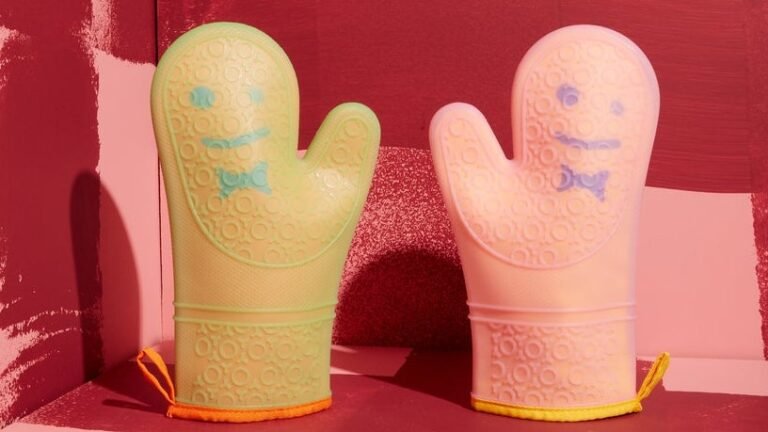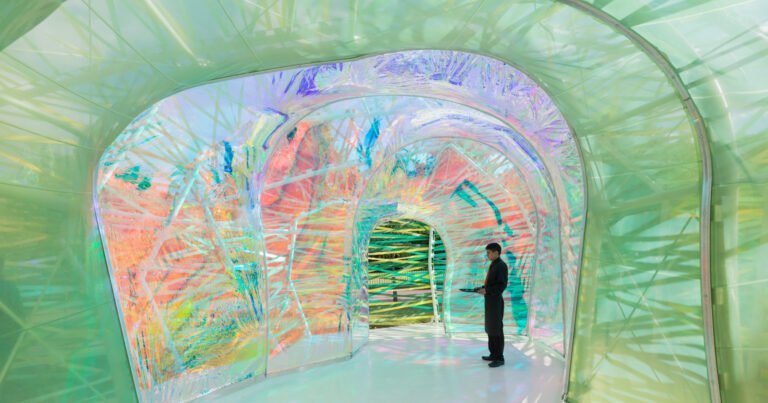The Wizardry Behind Sophie Lou Jacobsen and In Common With’s Latest Collab
Urban Glass, a 17,000-square-foot glass making facility in Fort Greene, Brooklyn, is something of a cave of wonders. Filled with confections in progress—think In Common With pendants, Lindsey Adelman chandeliers, and tableware by Anna Karlin—the site is the birth place of many of Brooklyn’s most loved glass designs. (Emerging talent Dana Arbib, who usually works in Murano, was recently spotted there exploring local production options.)
In early August, AD PRO paid a visit to the studio to get a behind the scenes look at the making of the Flora lighting collection, a line of fanciful glass fixtures inspired by the timeworn techniques of Murano but made right in Brooklyn. The series, featured in AD’s October issue, was the brainchild of New York design darlings Sophie Lou Jacobsen and In Common With.
Jacobsen is best known for her colorful glass tableware and In Common With, founded by Nick Ozemba and Felicia Hung, for its artisanal yet utilitarian glass lighting. As it turns out, they had partnered with the same artists at Urban Glass—Adam Holtzinger and Susan Spiranovich, the husband-and-wife team behind glassblowing studio Keep—to produce their wares. “As makers, you’re working with the designers,” explains Holtzinger, who has worked at Urban Glass for 20 years. “It’s important to find the right vibe. You have to have a really good relationship and understanding of their aesthetic so that everyone is on the same page and you can show the designer what is possible and what isn’t possible.”
To get things rolling on this collection, Jacobsen, Ozemba, and Hung met at the studio with Holtzinger and Spiranovich. After sharing drawings, the five of them set to work, figuring out if they could turn those two-dimensional mockups into reality. Spiranovich explains the process: “They’ll specify the scale, how many embellishments go on each side, exactly how much color you’re using any kind of idiosyncrasy.” (Urban Glass always uses clear glass as a base, and color is applied separately.)


